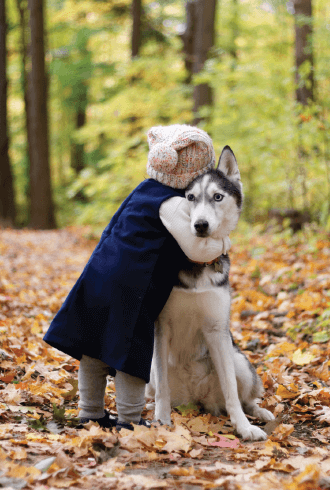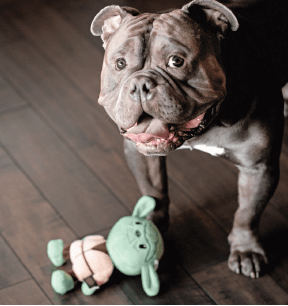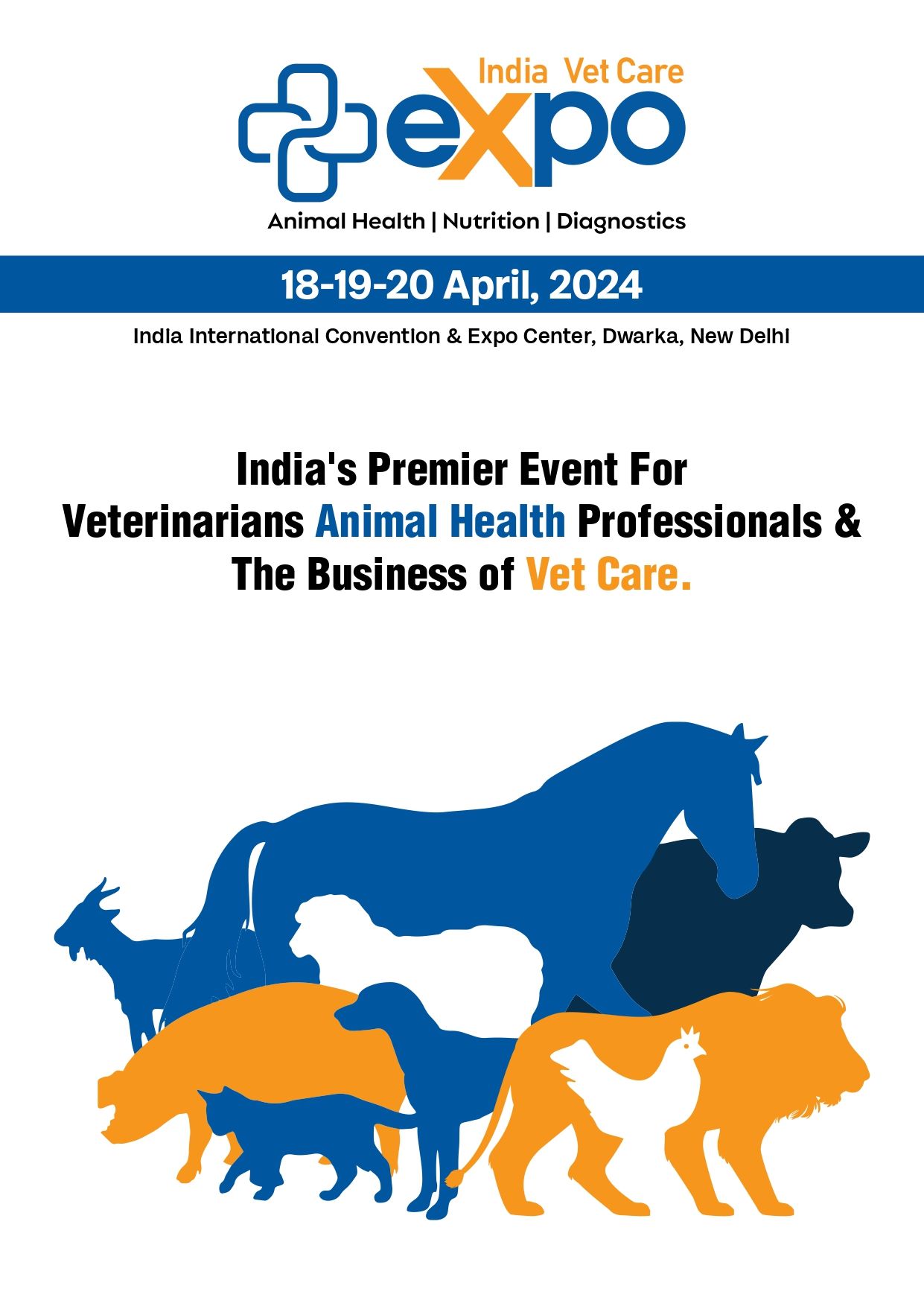
Inadequate exposure, interactions and puppy socialisation with other dogs leads to permanent adverse behavioural changes, making dogs shy, aggressive or afraid throughout their lives, write Dr A. K.Wankar, Dr S. N. Rindhe & Dr T. A. Shafi
For ages, we have been rearing dogs chain leash for protection, hunting, and as companions. Earlier, the role of our best retractable dog leash was to protect or assist in hunting. But in modern times, with rapid urbanisation and globalisation, the dog’s role has shifted from services to companionship or being a buddy. Housing pets is more prevalent in large, urbanised populations than in rural ones. This change has also led to some adaptive challenges for our pets. Instead of living in their natural environment with co-species and many humans, they are now isolated with single human or nuclear families in a restricted space.
The early period is crucial for best dog leash behaviour development, primarily governed by interactions with the mother, siblings, humans, other dogs, and the rearing environment. Research has shown that maternal care is one of the most critical factors shaping a best leash for dogs that pull behaviour. Adequate maternal care during the first couple of months of life makes the pups more adaptable to stress, less aggressive, and fearful of animate or inanimate stimuli and challenges in adult life. This factor becomes more important today when the dog breeder weans the pups at an early age from the mother. The dog breeder might or might not understand the significance of this early bonding between the mother and the pups, which affects the dog’s lifelong behaviour.




Another common issue that shapes the behaviour is socialisation with co-species. Like humans, dogs are also social animals and love to play and learn from other dogs. Inadequate exposure, interactions and puppy socialisation with other dogs leads to permanent adverse behavioural changes, making them shy, aggressive or afraid throughout their lives. Also, they will respond strongly to strangers or other urbanized stimuli, like a car horn or a train, because their behavioural adaptation was not complete during the initial 1-2 months.
We humans easily blame the breed characteristic, that this breed is naturally aggressive and nothing can be done. But we must take maximum care of our pups during the initial period. Dogs like to play with other dogs, children and adults. This playful interaction and the natural exercise make the dog calmer, adaptive, non -responsive to unnecessary stimuli. Studies have shown that gentle leader for dog training institute who play with children, regularly exercise have a much better temperament than those who don’t. Also, dogs need undivided attention, love and time from the owner, which makes the animal more friendly for human society as well as other dogs.
Dogs’ living space also shapes their personality. Free-living outdoor dogs with less human interaction are more aggressive and fearful than those living inside our homes and get affection from all family members. The human interaction, behaviour, and communication make the dog more comfortable, resilient to challenges, more pleasant, and an ideal companion. Family affection, bonding, and behaviour influence a dog’s nature as they copy humans and will be naturally like the owner or family he’s living with.
Some important points to remember and follow are:
· Adopting a dog of known good pedigree from a reliable dog breeder
· Adequate care, attention, and composite behaviour during the first one-two months continued till six-seven months
· Proper nutrition and regular exercise
· Maintaining a proper affectionate rapport and relationship
· Proper socialisation with humans and other dog trainer leash
· Avoidance of abusive language, behaviour, and punishments
· Healthy family and home environment
· Adequate living space
By following these simple but essential strategies, we can make sure that our dog becomes an adaptive and calm creature, less afraid and fearful of other animals and humans, and grows as a lovable, shareable, and ideal companion.
The authors are part of the Faculty, College of Veterinary & Animal Sciences , Parbani (Maharashtra)










 " >
" >
 " >
" >